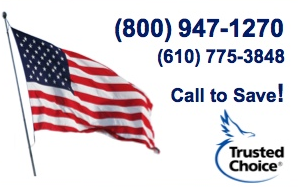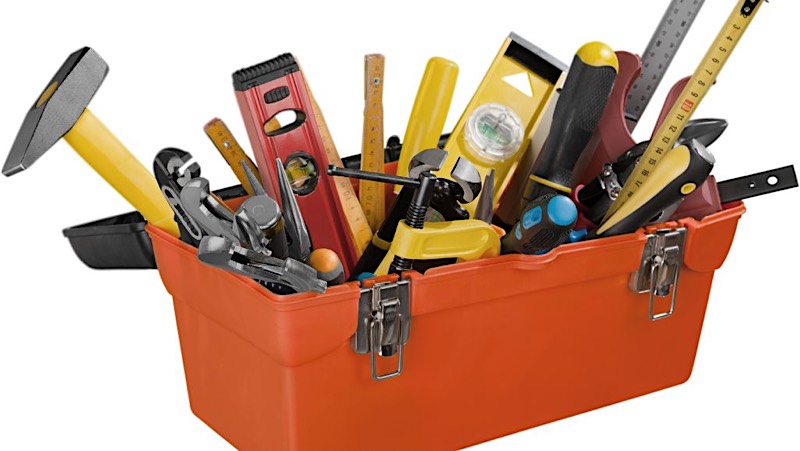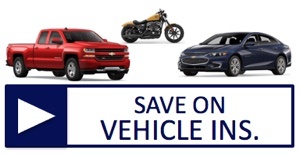 Reducing worksite hazards can help save Contractor Insurance costs, and one significant worksite hazard is power tools, including circular saws. “Approximately 40,000 Americans go to hospital emergency rooms every year with injuries sustained while operating table saws. About 4,000 of those injuries – or more than 10 every day – are amputations,” according to the National Consumers League. “Table saw injuries cost the United States approximately $2 billion every year.”
Reducing worksite hazards can help save Contractor Insurance costs, and one significant worksite hazard is power tools, including circular saws. “Approximately 40,000 Americans go to hospital emergency rooms every year with injuries sustained while operating table saws. About 4,000 of those injuries – or more than 10 every day – are amputations,” according to the National Consumers League. “Table saw injuries cost the United States approximately $2 billion every year.”
Circular saws are a mainstay at most construction worksites; however, these indispensable power tools also come with many hazards:
- Projected particles
- Electric shocks
- Breakage of the disc
- Cuts and amputations
- Blows caused by objects
- Abrasions and becoming trapped
- Overstrain
- Ambient noise
If you want to lower insurance and other operating costs, it’s crucial that you train your workers on these hazards and how to avoid them.
30 Circular Saw Safety Tips
- Wear safety glasses
- Wear hearing protection
- Wear a respirator or dust mask
- Keep long hair tied back and avoid wearing loose clothing and jewelry
- Prepare a stable surface
- Keep the area clear of debris, cutoffs, sawdust, etc.
- Check safety features before using a saw
- Check the saw for proper blade rotation
- Do not start with the blade engaged
- Allow the saw to reach full power before cutting
- Set the depth of the saw to 1/8” thicker than the material being cut
- Do not alter the manufacturer’s guard
- Don’t cut with a dull blade
- Select the correct blade for the material being cut
- Don’t try to twist the blade while cutting
- Don’t try to remove the blade while it is cutting
- Before starting and frequently while cutting, ensure that the blade guard works freely
- Be aware of knots, foreign objects such as staples or screws, and sap in the wood
- Cut smaller material from larger material first
- Use an outfeed table or stand when cutting large pieces of material
- Use a push stick when the material has less than six inches of width of stock away from the blade
- Stand to the side when cutting material to protect you from kickback
- Maintain a solid stance with a wide base to maintain balance
- Do not reach over a moving blade
- Keep two hands on the saw
- Do not force the saw while cutting
- Keep electrical cords clear of the cutting path
- Unplug the saw before making adjustments, replacing the blade, or repairing the saw
- Do not move or carry the saw with your hand or finger on the trigger switch
- Take extra precaution if you are left-handed, as circular saws are designed for right-handed people
Want to Lower Your Contractors Insurance Costs?
Want to lower your Contractor Insurance costs? It’s simple (not always easy, but simple). Create a safer work environment, which results in fewer injuries, fewer claims, and lower operating costs, including insurance premiums, along with happier, more productive employees and a healthier bottom line.
American Insuring Group can help. As Contractor Insurance experts, we provide a variety of money-saving topics (from policy review tips to contractual risk transfer) and safety-related tips (from protecting construction workers from traumatic brain injuries and circular saw accidents to safe lifting practices). Furthermore, as independent agents, we compare the cost of your coverage with several carriers to ensure you pay the lowest premium.
Don't Wait. Give us a call today at (800) 947-1270 or (610) 775-3848, or connect with us online for a free insurance quote!



 A rental property is a significant investment that you have no choice but to entrust to total strangers.
A rental property is a significant investment that you have no choice but to entrust to total strangers.  When we think of ways to lower the number of claims to reduce
When we think of ways to lower the number of claims to reduce  Workers' Compensation
Workers' Compensation Toolbox talks are designed to improve safety, minimize the risk of injury, and save money – including
Toolbox talks are designed to improve safety, minimize the risk of injury, and save money – including  Restaurant Insurance
Restaurant Insurance When we think about factors that increase
When we think about factors that increase  No employer wants to pay more for
No employer wants to pay more for  The more injuries your workers sustain, the higher your
The more injuries your workers sustain, the higher your  Restauranteurs are always looking for ways to attract more customers, but it's important to consider any additional risk and
Restauranteurs are always looking for ways to attract more customers, but it's important to consider any additional risk and 



